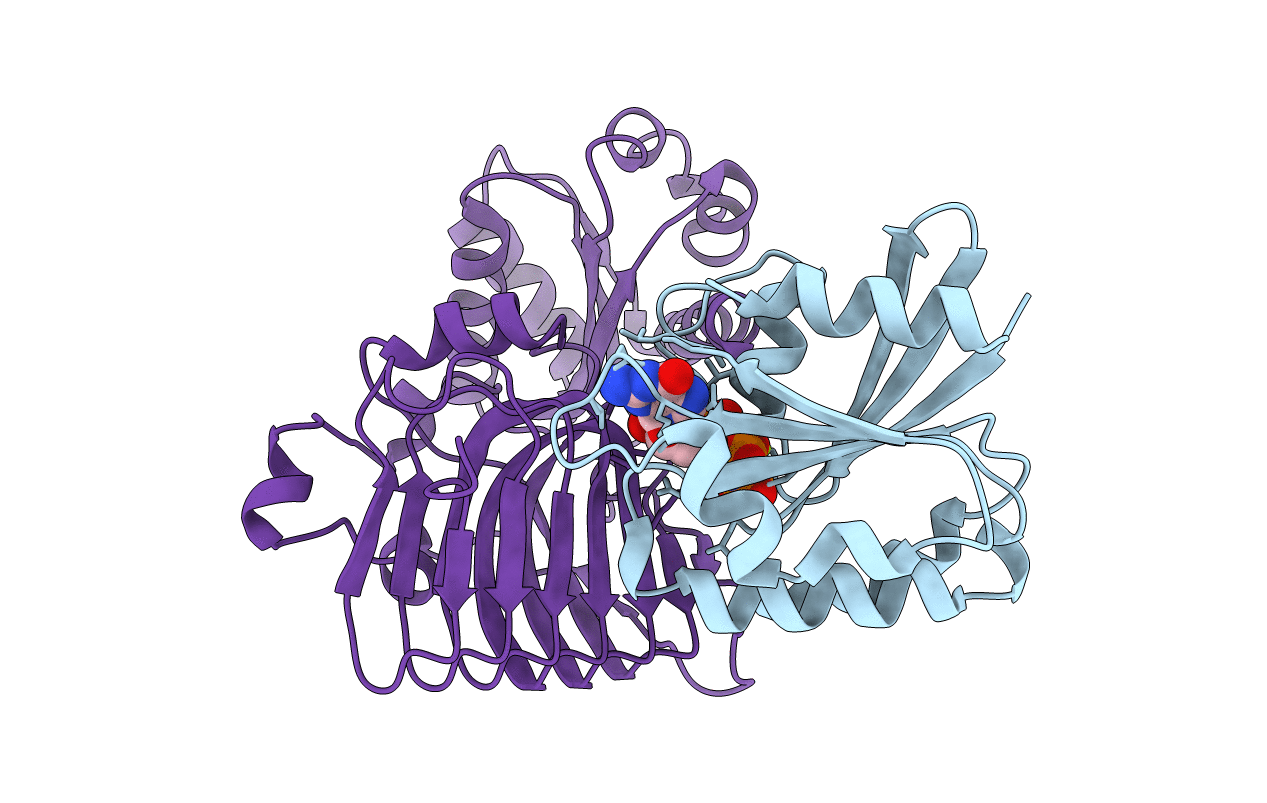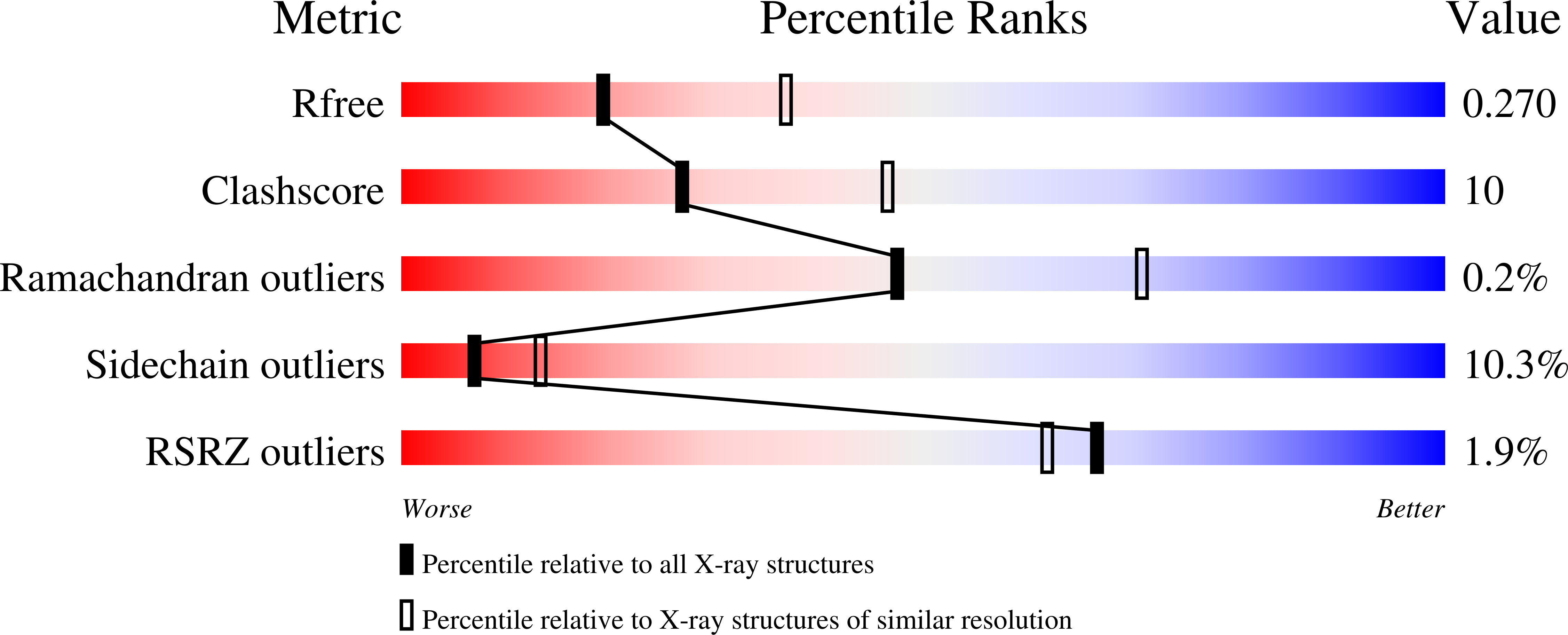
Deposition Date
2007-11-28
Release Date
2008-03-25
Last Version Date
2023-11-01
Entry Detail
PDB ID:
3BH6
Keywords:
Title:
Crystal structure of the RP2-Arl3 complex bound to GppNHp
Biological Source:
Source Organism:
Mus musculus (Taxon ID: 10090)
Homo sapiens (Taxon ID: 9606)
Homo sapiens (Taxon ID: 9606)
Host Organism:
Method Details:
Experimental Method:
Resolution:
2.60 Å
R-Value Free:
0.27
R-Value Work:
0.21
R-Value Observed:
0.22
Space Group:
P 21 21 21


